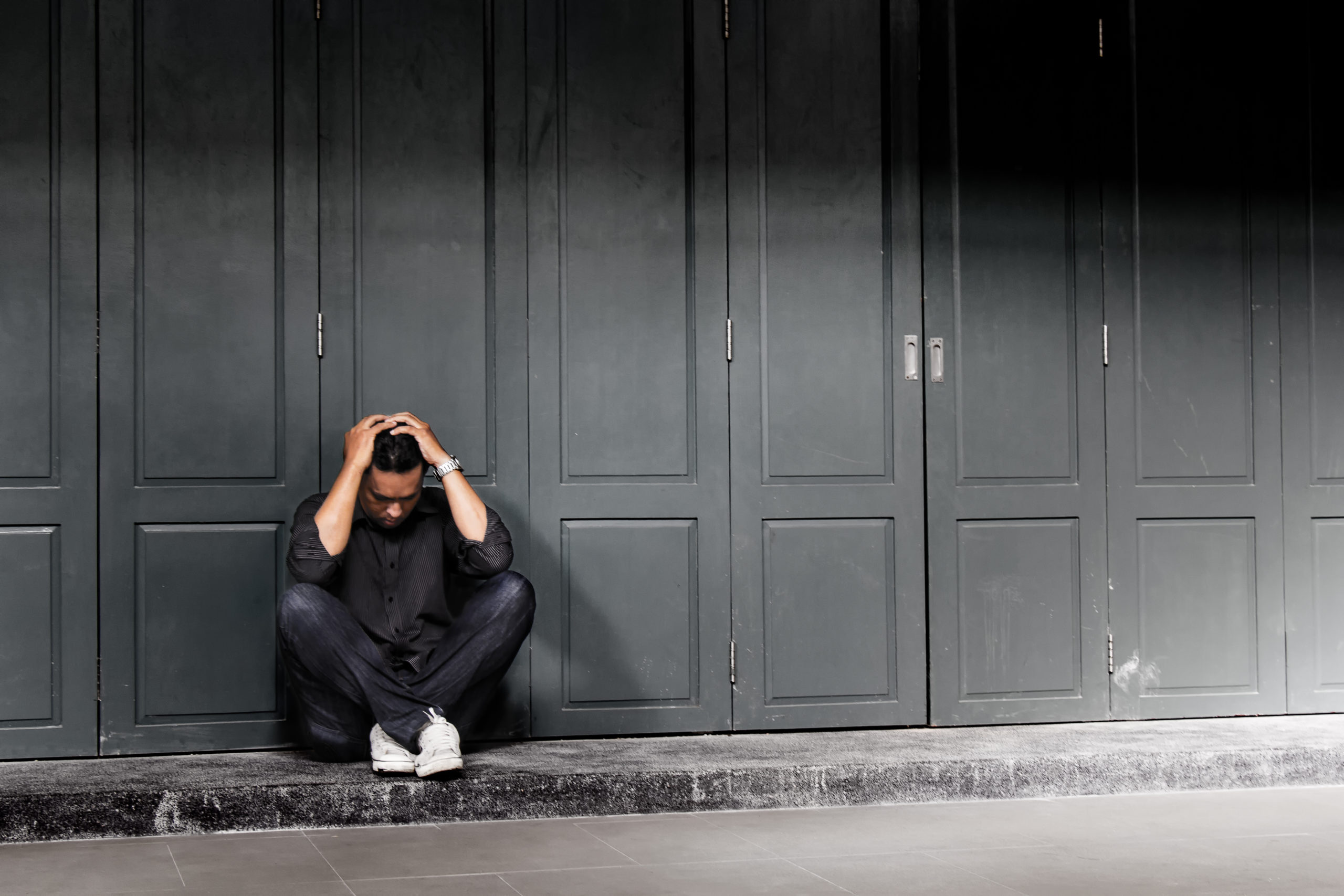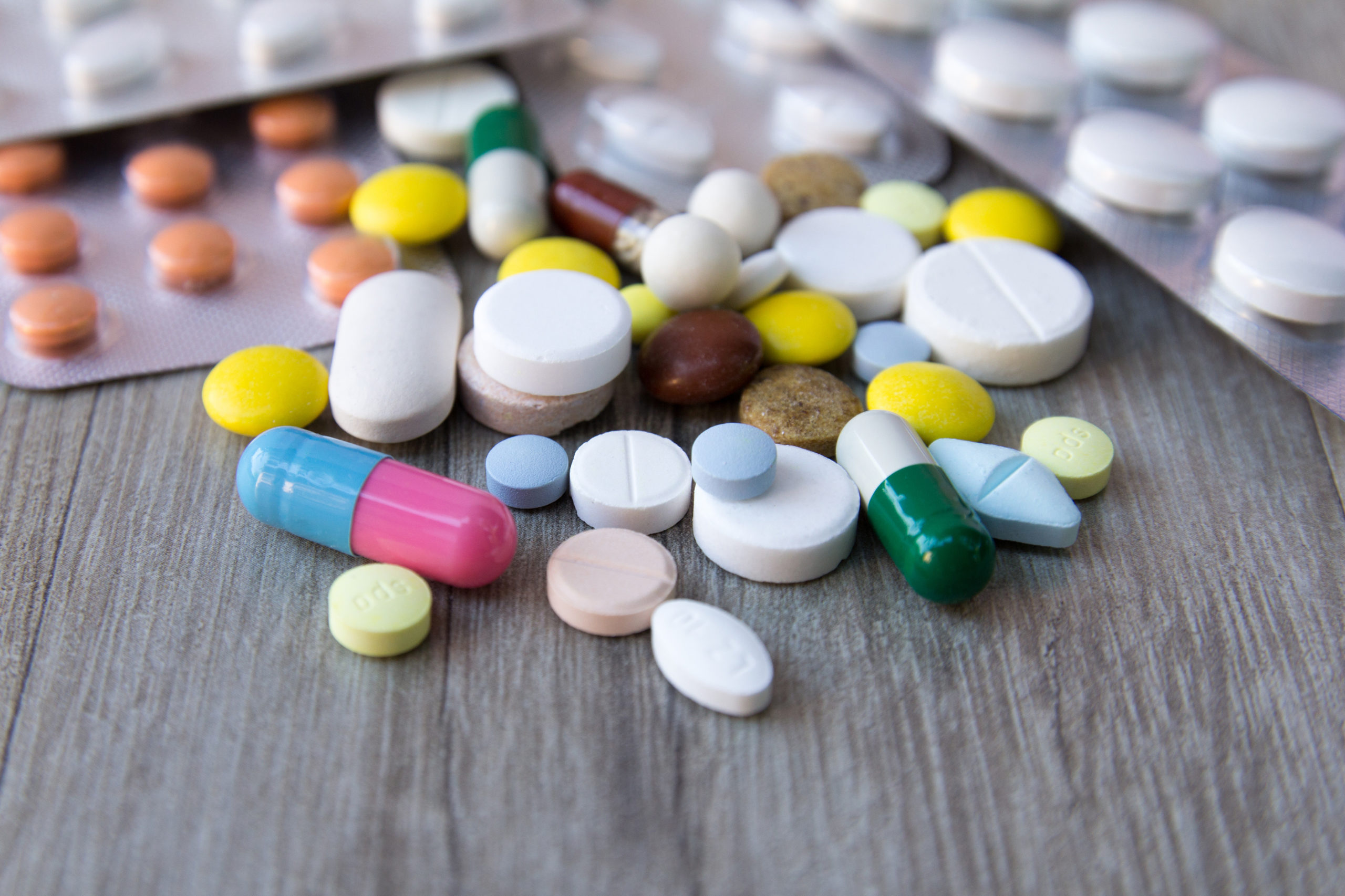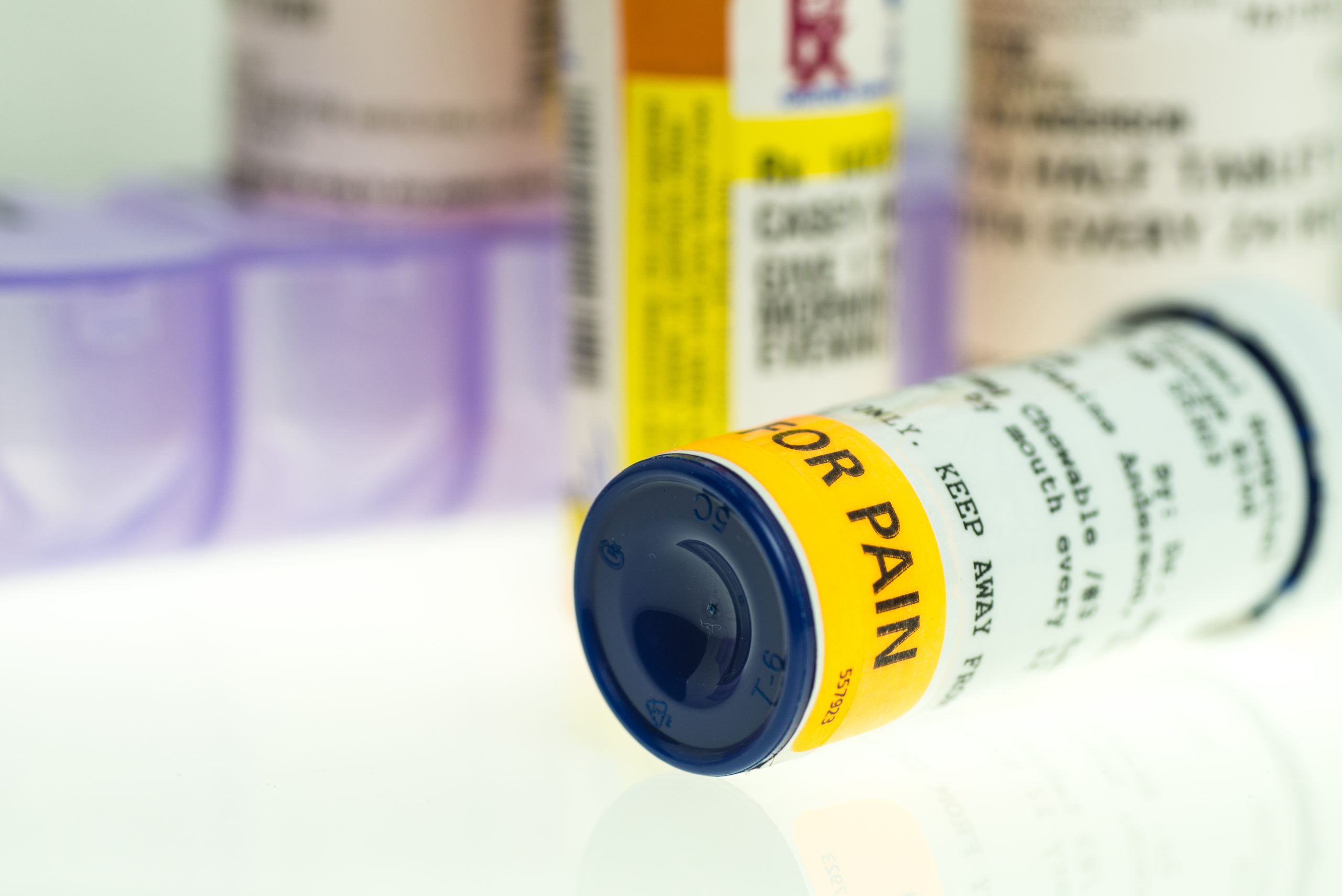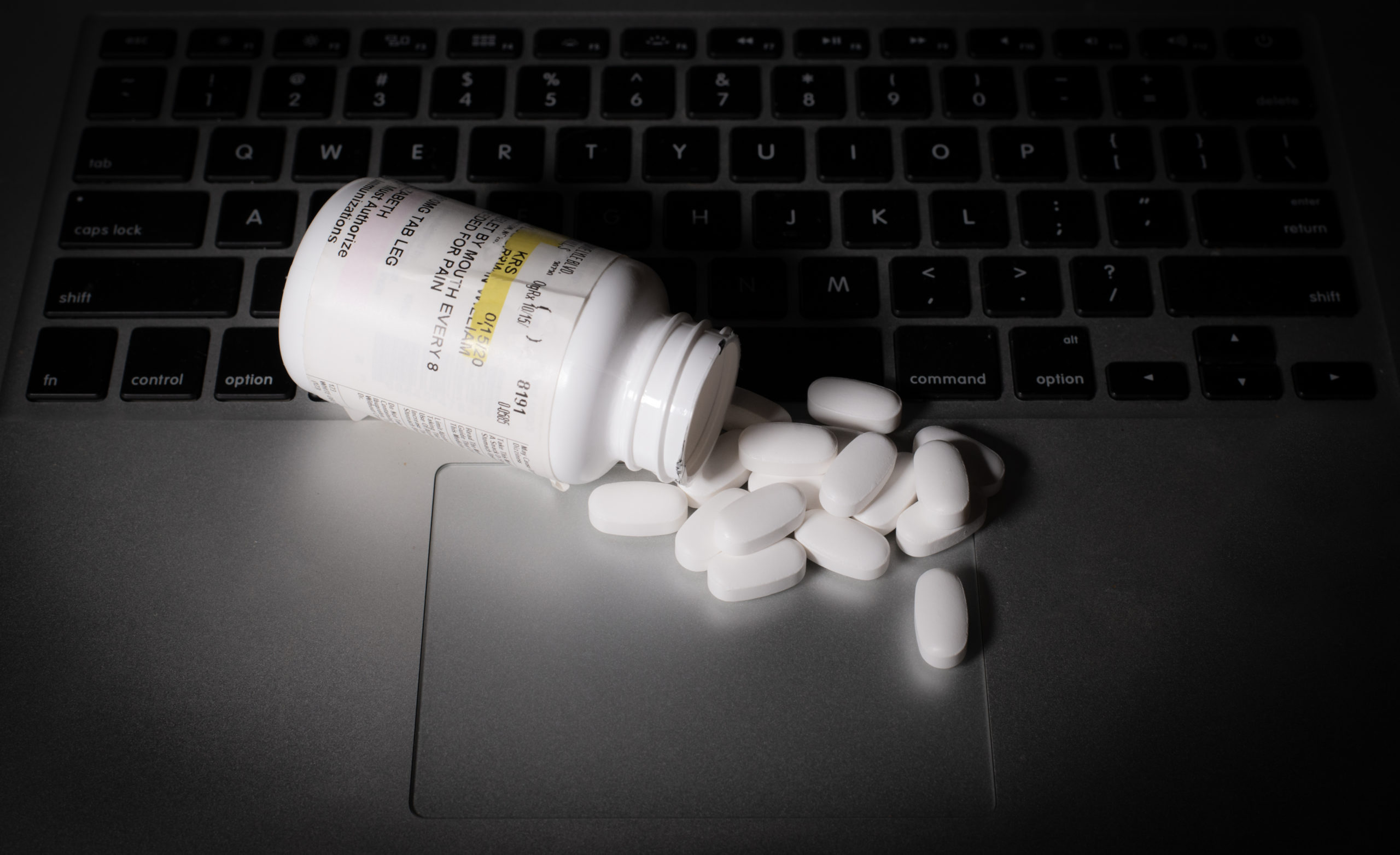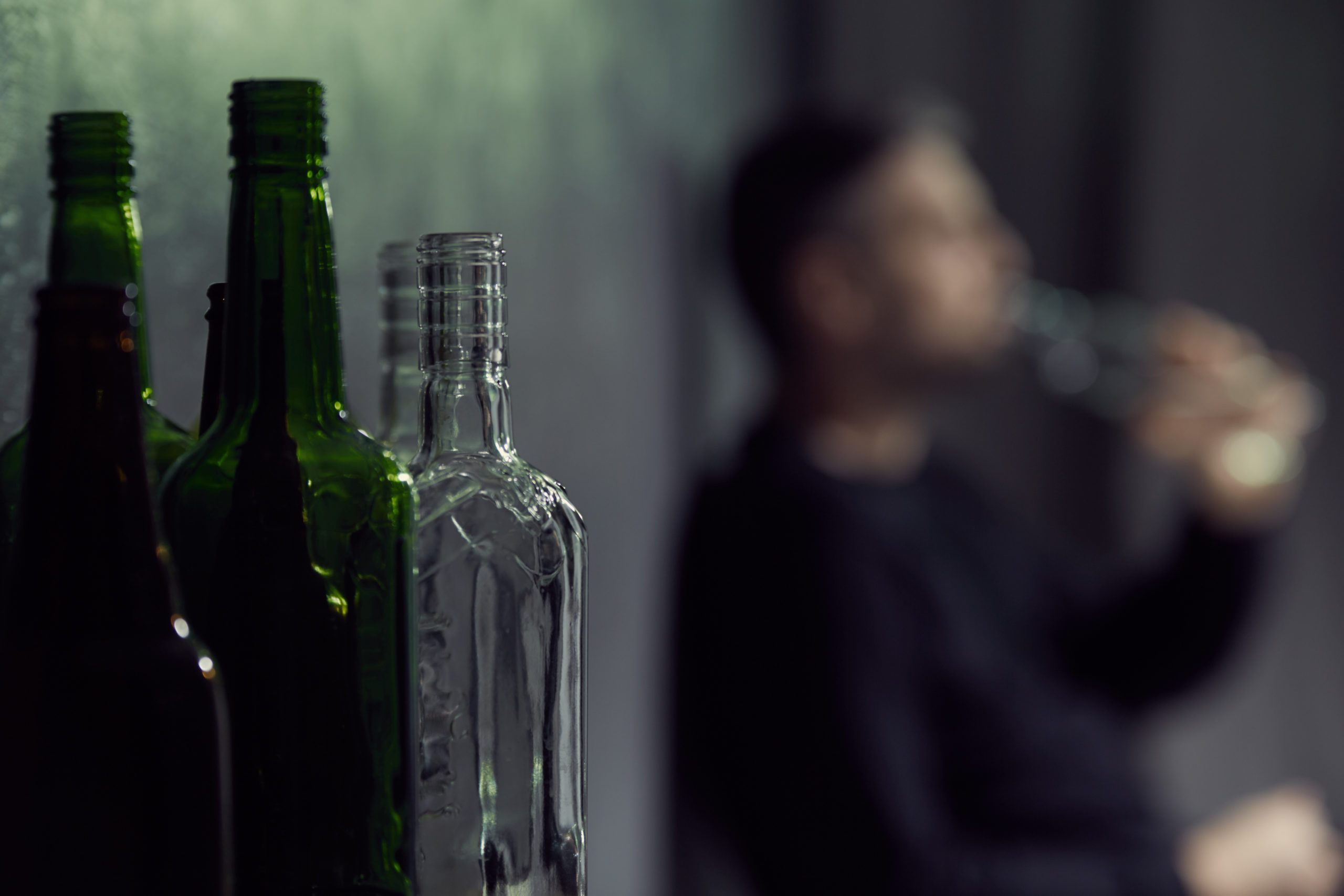When an individual finishes rehab, there are often many questions about what comes next. Finding aftercare in Dana Point that helps you maintain sobriety, employment that works with your aftercare schedule, and a program that works for you is critical.
At Indah Recovery, we work with clients to make sure that they are prepared for every step of the addiction treatment and recovery process, including making sure our clients have a plan for employment and treatment following the completion of our program. Our Dana Point treatment center is ideal for candidates who need to step away from their lives and recover in luxury while focusing on what comes next in their life.
Speak with an admissions counselor today to see if they can help get you on the correct path.
Why Can it be Challenging to Find a Job After Rehab Ends?
Individuals often struggle to find employment after rehab that fits their aftercare needs and can accommodate any other issues that may have arisen from their substance use disorder.
Searching for a job after treatment can be difficult, mainly if an individual follows the recommended path and continues treatment. Sometimes treatment requires a set schedule of group therapy, one-on-one counseling, and medical appointments that can be difficult for an employer who expects swing shift availability or for an individual to be available on short notice.
It can also be difficult for individuals to find work after rehab if they were fired from their last position for drug use or their substance use led to legal problems. Many employers will request a background check, a drug test, and references. These can all cause concern for individuals who have previously had issues with substance use.
Tips to Get a Job After Rehab
When it comes to getting a job after rehab, a few tips can help an individual be prepared and find success.
The first tip includes being prepared for setbacks. Job hunting is difficult in the best of times. Be prepared with a self-care plan and supportive friends and family to help lessen the blow. This is critical to maintaining sobriety.
Another tip related to getting a job after rehab involves using your resources. While in recovery, don’t be afraid to ask those around you for help. Friends and family can be resources when searching for employment.
Many resources are available through your treatment center and local resources for those in recovery. Most significant cities have recovery-specific employment opportunities. By contacting your local Office of Vocational Rehab, there may be resources available to help you find employment.
After rehab, another tip for getting a job might be to look into courses or classes that interest you. Finding a course relevant to your passion that makes it an employable skill is beneficial. For example, individuals who enjoy cooking might take a Serve Safe skills class that makes them more marketable and easier to find a job in a kitchen.
The last thing to keep in mind is your rights. Employers can not discriminate against you in the hiring process. In addition, having a substance use disorder is protected under the Americans with Disabilities Act, which prevents employers from holding your past against you. You are also protected against being required to disclose previous substance abuse during the interview process.
How to Find Employment Services for Those in Recovery
Finding employment services while in recovery may seem like a challenge, but many resources are available to you both locally and online. While in rehab, one of the first things you work on is acceptance, including accepting help. This is incredibly important for this step of the process.
Many find that using local resources to ask for help or finding local vocational resources is a scary prospect, and while it may be, asking for help is nothing to be afraid of or ashamed of. Vocational resources can provide you with an introduction back to the workforce and help you get back on your feet. That is why they are there.
Another way to find employment services for those in recovery is to utilize the resources available to you through aftercare programming. In addition, many outpatient resources include some kind of vocational training or job processing skills.
At Indah Recovery, our comprehensive inpatient treatment program includes inclusive aftercare programming that helps individuals focus on finding employment and having a plan following recovery. Those who complete our addiction treatment program leave with their aftercare plan and a list of available resources.
Today, contact us to see how our luxury rehab in Southern California can help you get on track with recovery.





